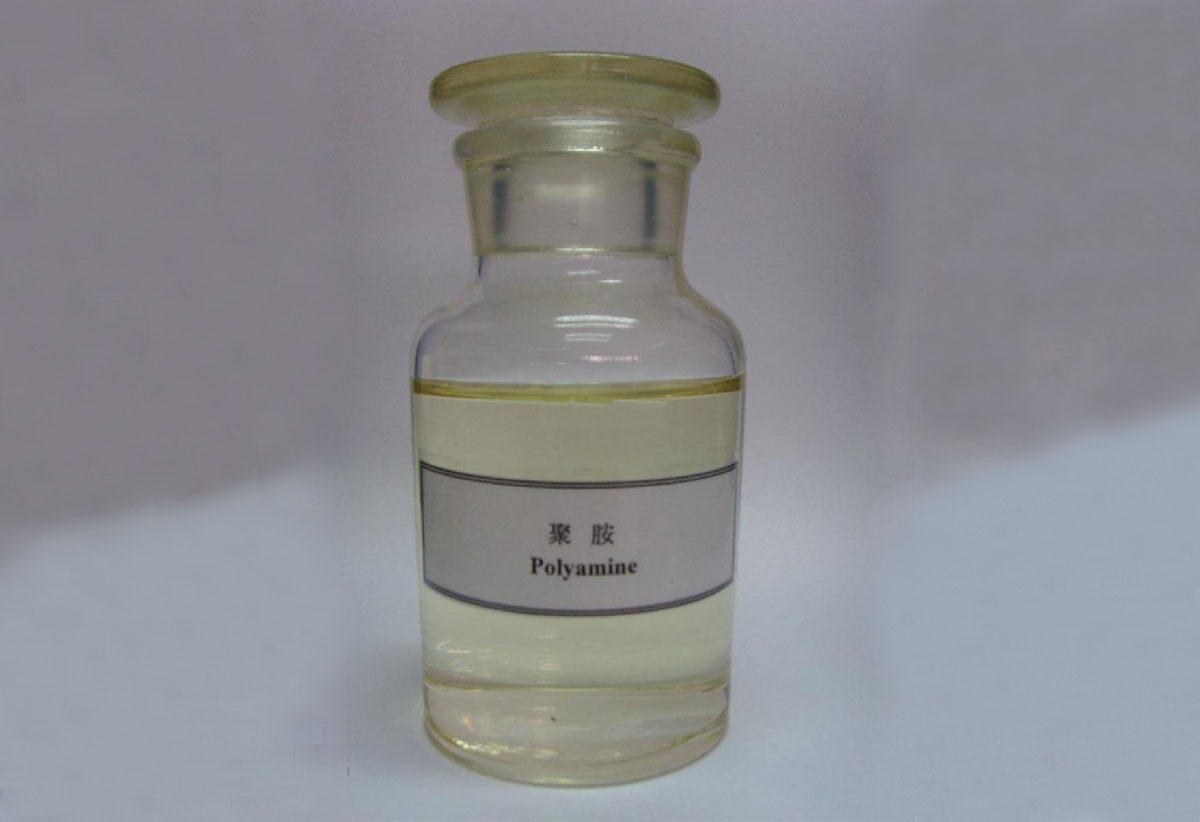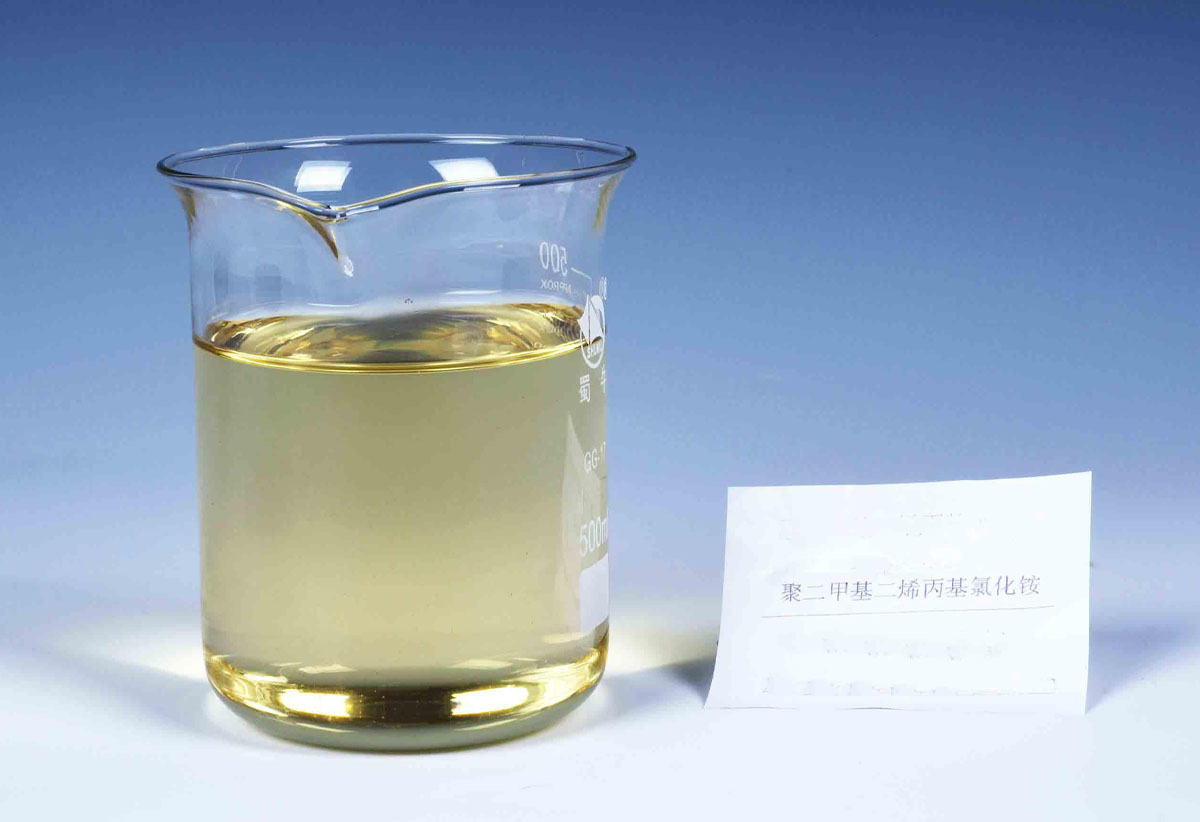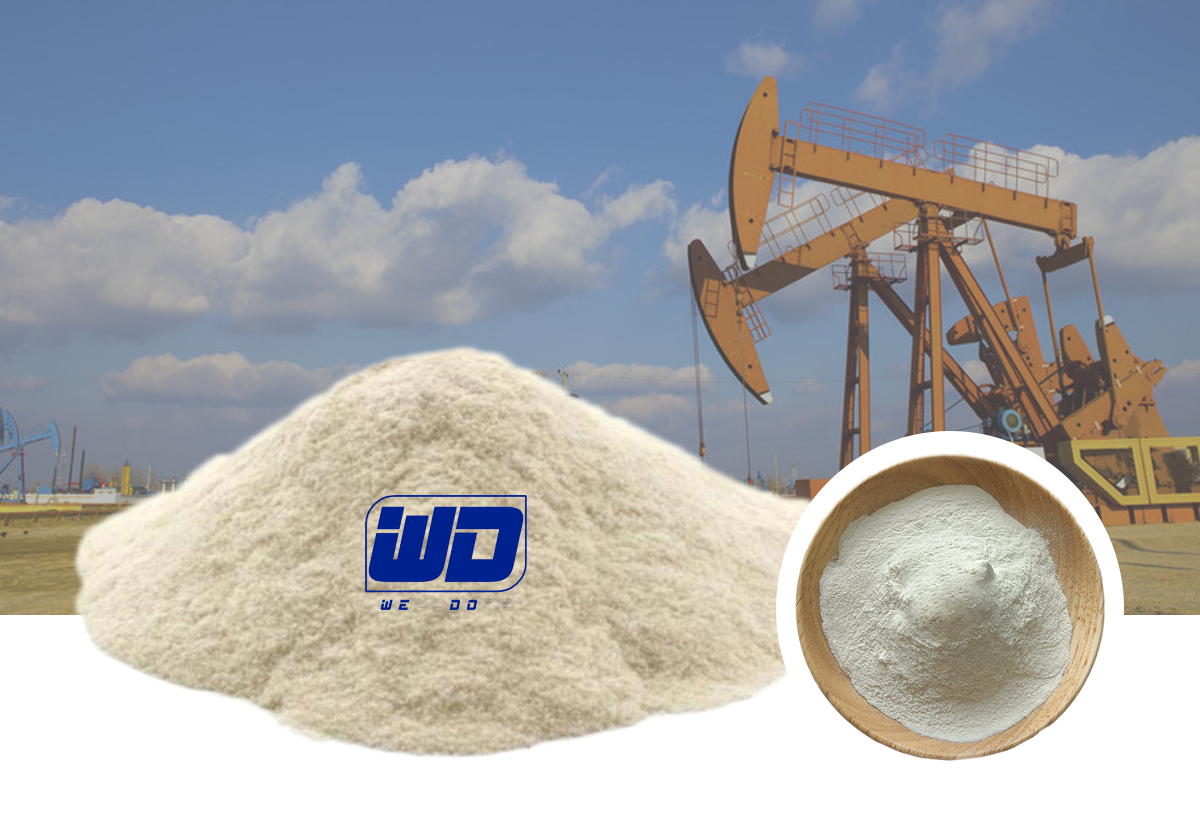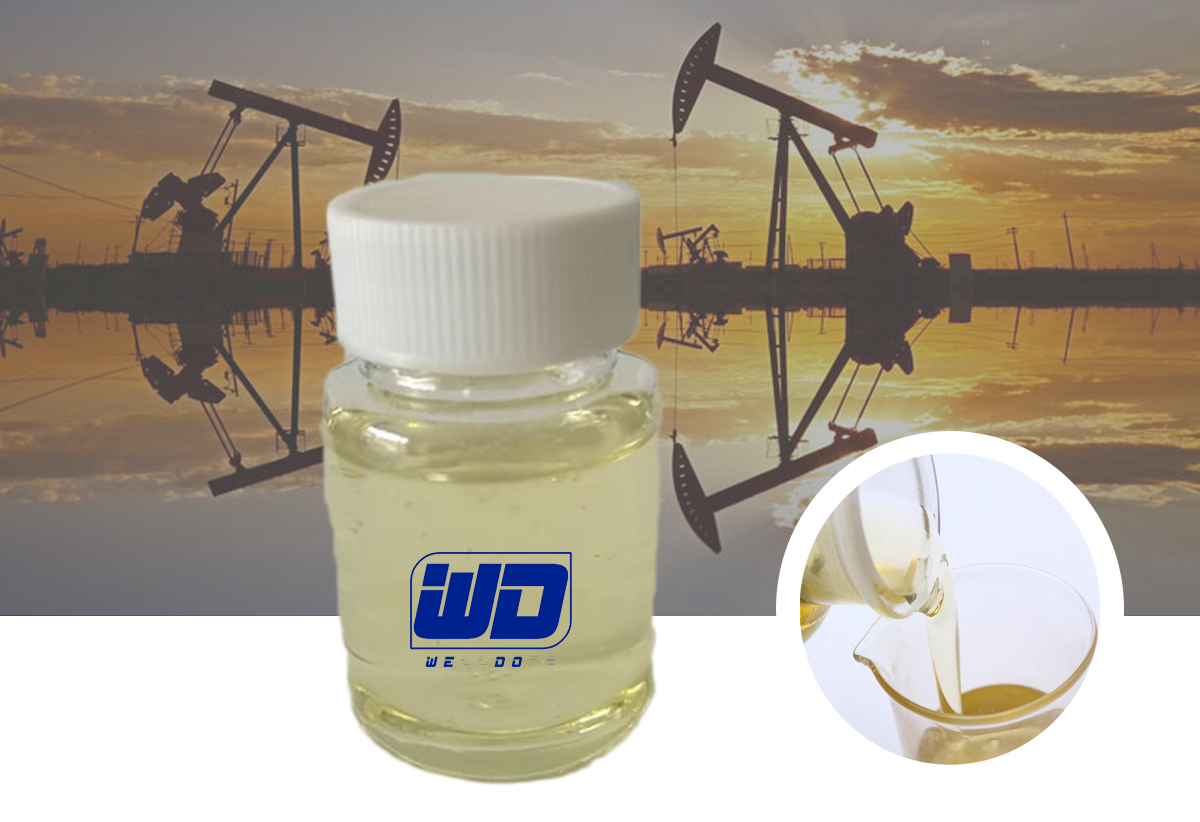Anionic polyacrylamide (APAM) is often used for wastewater treatment in dairy plants. This is because during the dairy production process, the sewage generated often contains negatively charged suspended solids, organic matter and certain anionic substances.
APAM is a high molecular polymer that has good flocculation, sedimentation and solid-liquid separation effects in sewage treatment. It can interact with suspended solids and organic matter in sewage to form larger flocs, thereby facilitating subsequent separation and treatment. In addition, APAM can also improve the rheological properties of sewage and improve the efficiency and effect of sewage treatment.
In contrast, cationic polyacrylamide (CPAM) is used less frequently in dairy plant wastewater treatment. CPAM is mostly used to treat positively charged sewage, while suspended solids and organic matter in dairy wastewater are usually negatively charged. Therefore, APAM is more suitable for use in the wastewater treatment process of dairy plants. 🥛🏭🌊🔧✨











